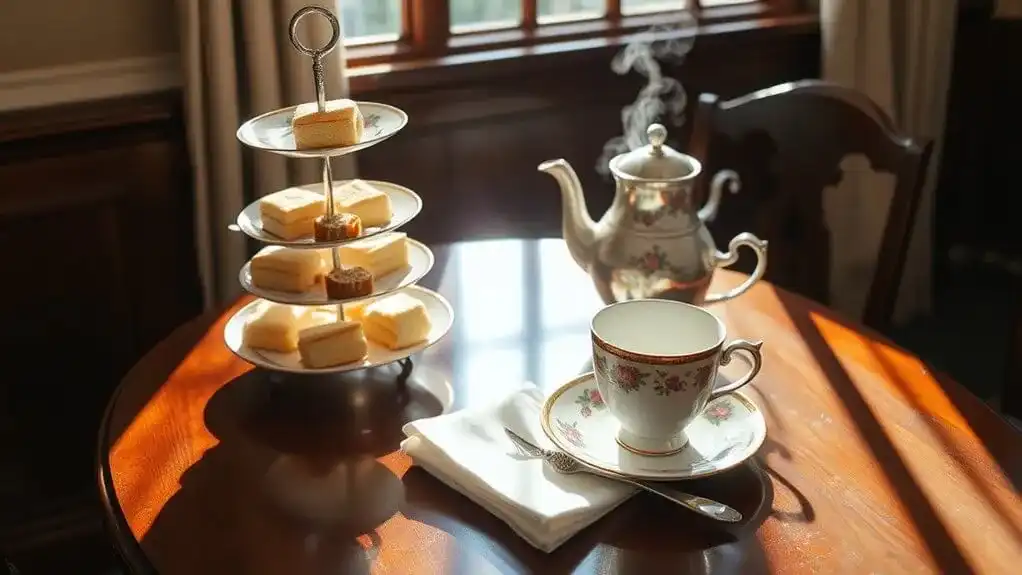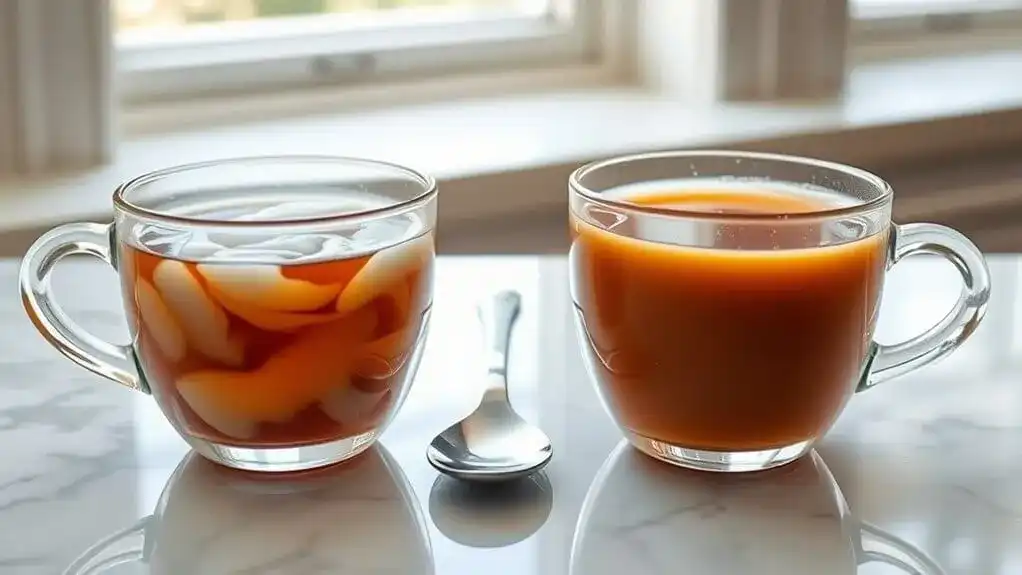British tea tastes different abroad due to several key factors: local water hardness, varying quality standards, and distribution practices. The UK's unique water profile creates an ideal environment for traditional tea preparation, while other regions' water chemistry can greatly alter the flavor. Mass-market products and different processing methods also impact taste. Proper brewing techniques and understanding regional variations can help recreate that authentic British tea experience at home.
Key Points
- Water hardness varies significantly between regions, making British tea taste different when prepared with local water abroad.
- Mass-market tea brands often use lower-quality tea dust and fannings instead of whole leaves, affecting taste consistency worldwide.
- British-style black teas are specifically blended for UK water profiles, creating taste discrepancies when prepared with foreign water.
- Different boiling temperatures at various elevations affect steeping quality, altering the traditional British tea taste.
- Using filtered water, proper brewing temperatures, and quality loose-leaf tea can help replicate authentic British tea taste abroad.
The Root Causes Behind Different-Tasting Tea
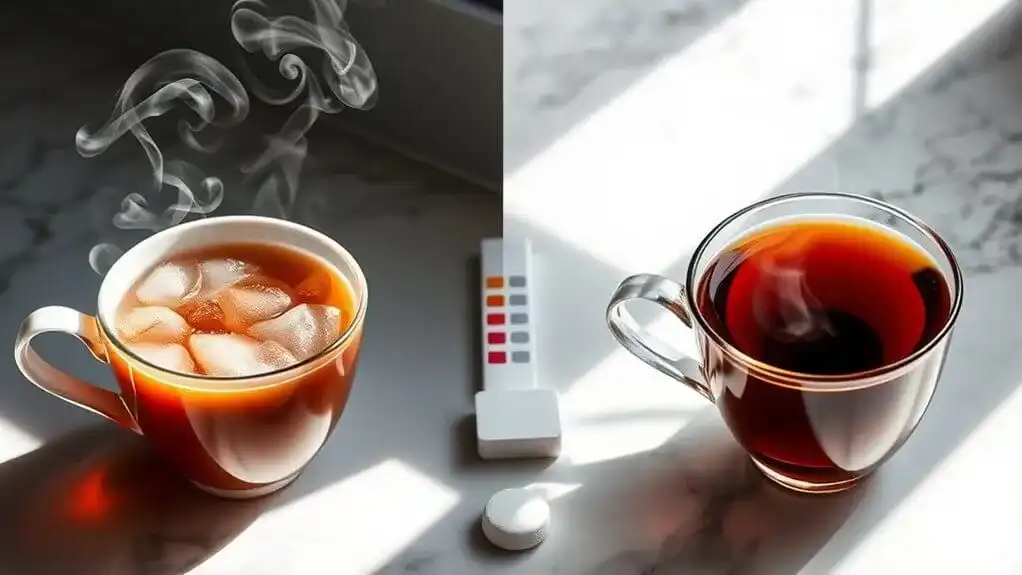
A surprising truth about British tea abroad is that it rarely tastes the same as it does in the UK. The main culprits behind this difference are often hiding in plain sight, particularly in the water used for brewing.
Water hardness varies markedly between regions, affecting how tea compounds interact during steeping. While the UK's water profile is uniquely suited to their traditional tea preparation, other countries' mineral content can produce noticeably different results. The boiling temperature of water also plays an essential role, especially at different elevations where water might not reach the same temperature as at sea level. Additionally, local water treatment methods, such as higher chlorine levels in some countries, can impact the final taste. Tea batch variations can result in inconsistent flavor profiles from year to year. Even the same brand of tea can taste different abroad due to these fundamental water variations. The water must be properly boiling to preserve the authentic tea flavor. The preference for Indian black tea in Britain emerged historically when the British sought alternatives to Chinese tea supplies.
How Tea Quality Varies Between Markets
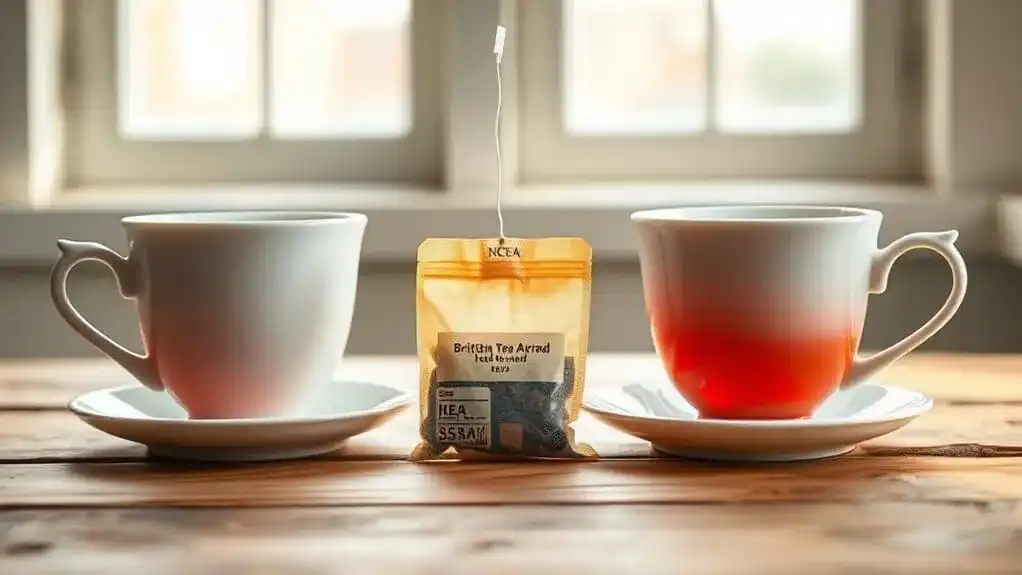
Tea quality varies dramatically between mass-market products and specialty offerings, with notable differences in ingredients, processing methods, and distribution channels. Tea sourcing practices play an essential role, as specialty vendors prioritize high-grade whole leaves while mass-market brands often use lower-quality dust and fannings. These differences extend to ingredient sourcing, with premium teas incorporating organic spices and natural flavors instead of artificial additives. Today's consumers increasingly demand ethical sourcing transparency from tea producers. Testing shows that loose leaf teas provide superior flavor complexity compared to teabag options.
Processing methods further distinguish quality levels, as careful temperature control and oxidation management preserve essential oils and complex flavors in specialty teas. Meanwhile, mass-market brands typically focus on stronger, less nuanced brews due to their smaller leaf particles and larger surface areas. The distribution model reflects these quality gaps, with specialty teas primarily sold through dedicated shops and online retailers, while mass-market options dominate supermarket shelves. Consumer preferences have shifted significantly as health consciousness drives demand for premium tea varieties.
The Cultural Impact on Tea Production
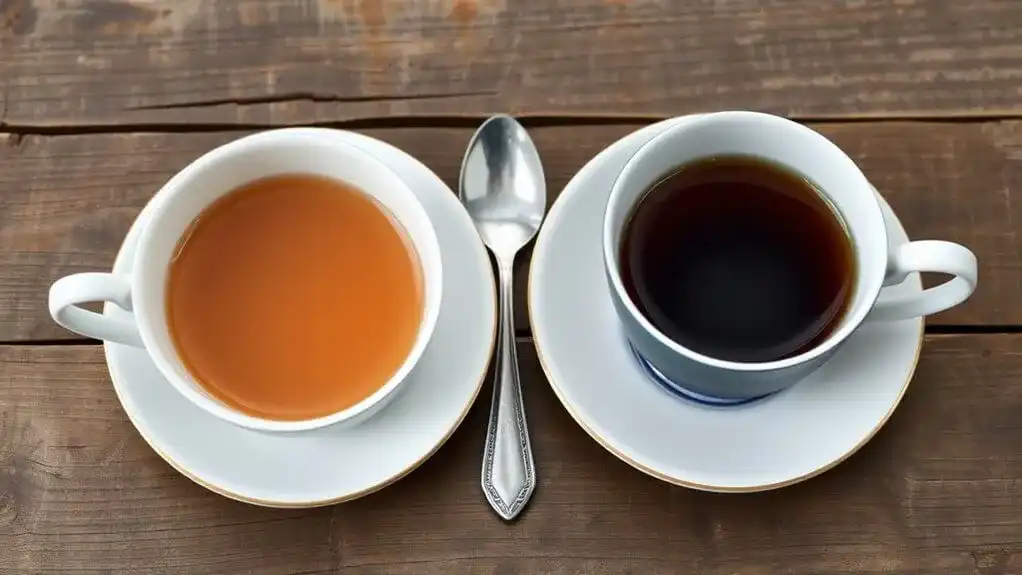
While British colonialism shaped many aspects of global commerce, its most profound influence may have been on tea production and cultural practices worldwide. The colonial legacies of tea cultivation established new social hierarchies, with British planters controlling production while local laborers worked the plantations. This system created lasting economic dependencies in former colonies. These tea trading operations were an extension of the ancient traditions where tea was traded along Silk Roads connecting various regions and cultures. Tea became a luxury beverage reserved initially for wealthy British elites before spreading to the masses.
The cultural integration of tea reflected British influence, as local populations adopted tea-drinking customs while maintaining their own unique preparations. The East India Company's monopoly and smuggling operations transformed global tea production, particularly in India and Ceylon. British preferences for black tea, influenced by long-distance transportation needs, continue to affect production methods today. These historical factors help explain why British tea tastes different in various regions, as local cultures have adapted and transformed tea practices to suit their own traditions. The Commutation Act of 1784 dramatically changed tea accessibility by reducing tea taxes from 119% to 12.5%, leading to widespread consumption patterns that persist to this day.
From Source to Cup: Distribution and Storage Effects
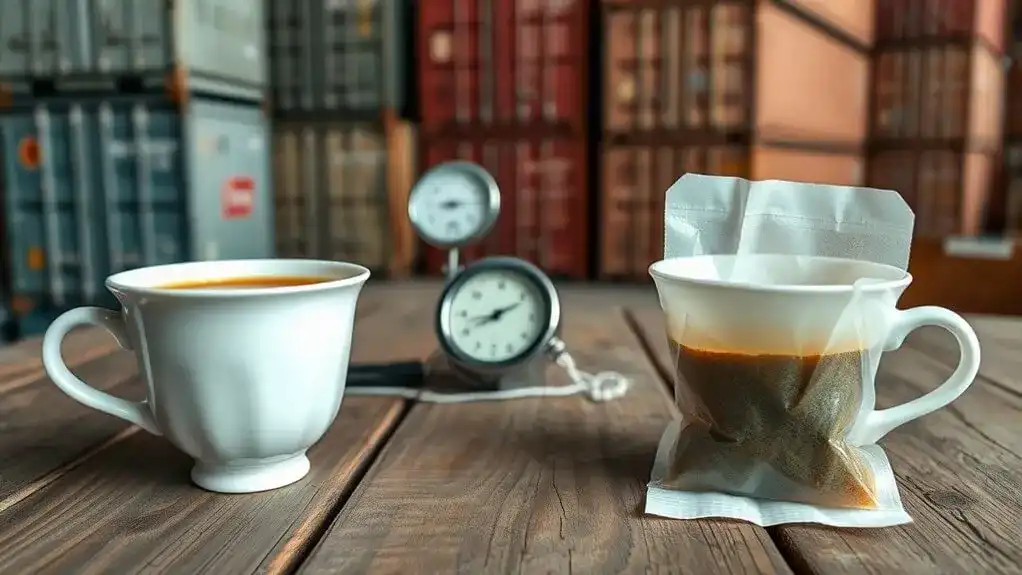
Modern British tea distribution involves an intricate network of global suppliers, with Kenya leading as the UK's primary source for 43.3% of tea imports. The journey from source to cup notably impacts tea quality through various transportation methods and storage practices.
After harvest, tea follows two main routes: auction centers in places like Mombasa and Colombo, or direct private sales from tea gardens. Transportation to the UK typically involves bulk shipping, which accounts for 92% of imports. Once it arrives, the tea goes to packaging companies for blending and storage before reaching consumers.
Quality control remains essential throughout this process, with brokers testing and valuing the tea at various stages. Storage conditions and inventory management can affect the final taste, while proper supply chain transparency guarantees consistent quality from origin to destination. The typical timeline between initial tea plucking and final placement on supermarket shelves spans 20 to 30 weeks.
Smart Solutions for a Better Tea Experience
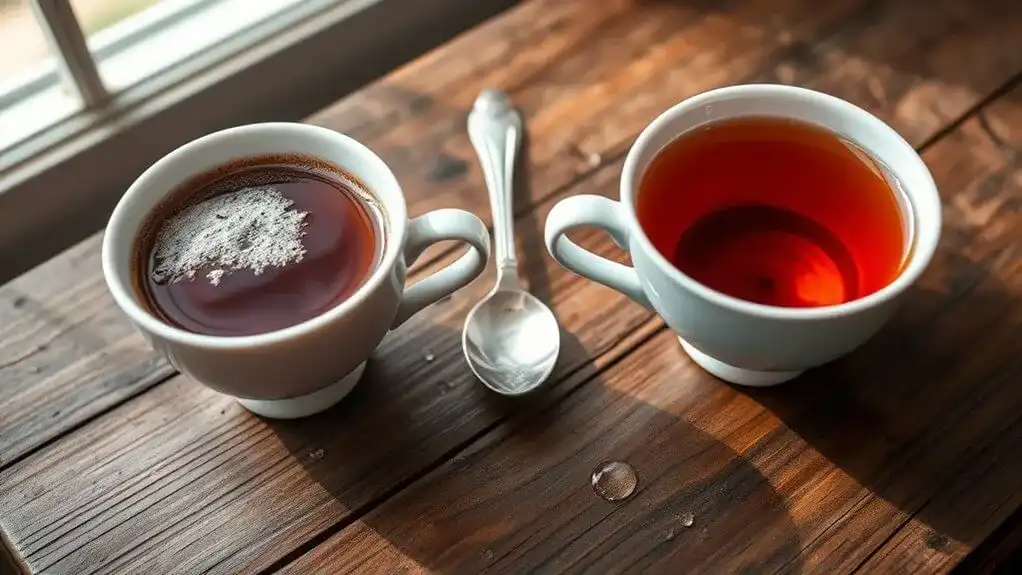
British tea companies have adapted their products for different markets worldwide, recognizing that consumer preferences vary greatly across regions. Their tea blending strategies reflect these differences, with American versions often featuring lighter blends and more broken leaves compared to their UK counterparts. Since Unilever took control of major brands like PG Tips and Lipton in North America, many consumers have reported diminished quality in the products. Women show a clear preference for diverse tea options, with more herbal varieties being particularly popular among female drinkers compared to men.
To achieve an authentic British tea experience abroad, proper brewing techniques are essential. Using boiling water, adhering to recommended steeping times, and maintaining an 80:20 tea-to-milk ratio can notably improve the final result. The freshness and storage of tea also play vital roles in quality, with directly shipped products typically offering better flavor. While regional preferences vary across Europe, with countries like Germany and Sweden actually consuming more tea than Britain, understanding these cultural differences helps tea companies deliver products that meet local expectations while maintaining their distinctive character.
Conclusion
Like a ship steering through stormy waters, British tea's journey across borders doesn't always yield the familiar comfort of home. While water composition, storage methods, and market variations contribute to these differences, there's hope for tea lovers abroad. Through careful selection of tea leaves, proper storage techniques, and water treatment, it's possible to recreate that perfect, steaming cup of British tea wherever you find yourself.

